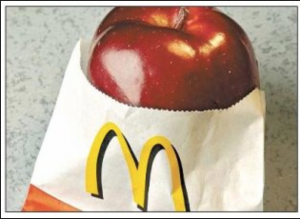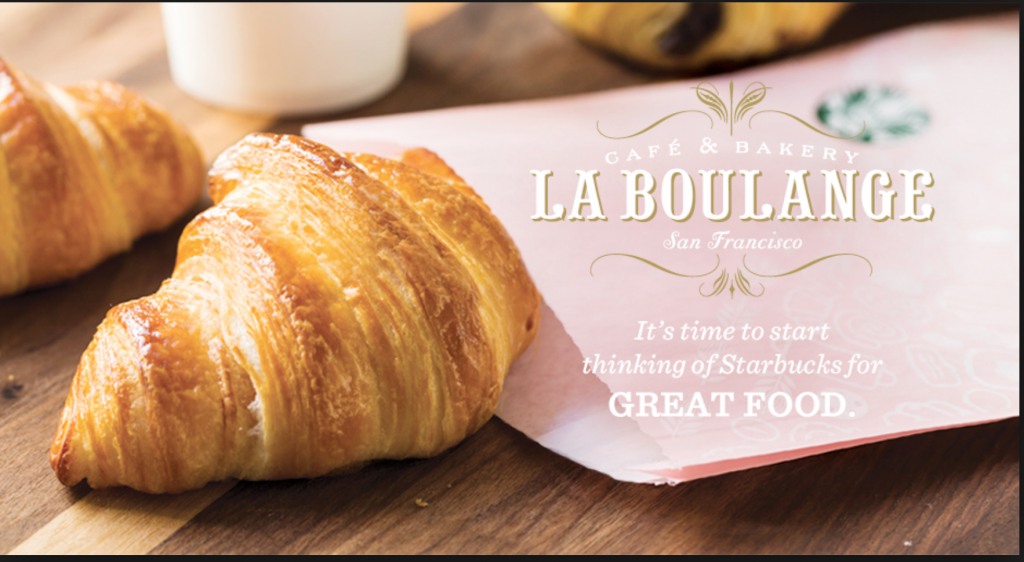In recent studies, researchers have found a decrease in consumer demand of fast food chain restaurants, due to the increase of health awareness and advances. McDonald’s is a prime example of a fast food restaurant in dire need of innovative customer attraction’s to maintain their profits and income. In this article written by Bloomberg’s Leslie Patton, McDonald’s creates a new business plan targeted towards a younger population, testing out a “Loyalty Program”. This program allows customers to electronically apply for rewards such as free food, coupons, seasonal promotions etc. They also test products that teenager’s find popular as a way to draw them in and keep them in. Furthermore, the company is promoting a healthier menu, optioning salads instead of fries in their value picks meals and non-fat milks, juices and fruits in their happy meals. It is a slow process, however, it is one that is greatly needed in the fast food industry, perhaps giving McDonald’s a competitive advantage in the fast food field. Businesses and markets are constantly changing with new technologies advancing, newer products arising and markets expanding. This is a great example of a large-scale company adapting to these changes and implementing programs instantly to attract and accumulate consumers.



